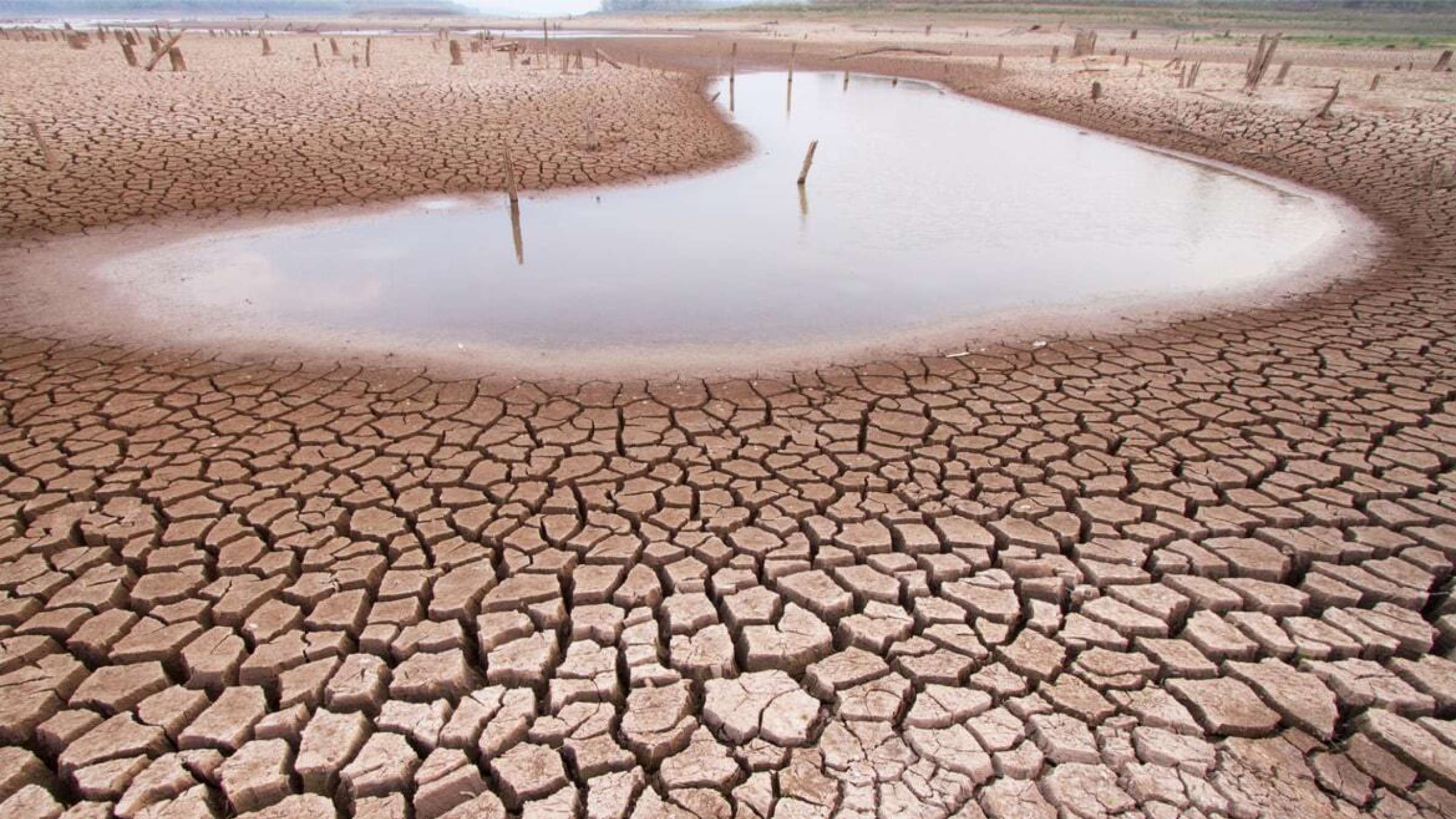Drought Driving Human Migration Across Most Of Africa, Study Reveals

Across most of Africa, drought is driving people who live in rural settlements closer to rivers and cities, according to a new study(opens in a new tab) published in the journal Earth’s Future.
Researchers from Sweden’s Uppsala University and Italy’s University of Bologna conducted a continent-wide analysis of human settlements in Africa and found drought drove migration in 80 per cent of African countries, but especially those in Southern Africa and the Horn of Africa
The study, “Drought and Human Mobility in Africa,” warns this human migration will likely intensify as climate change leads to more severe and frequent droughts.
“It’s a cycle that exacerbates how many people are negatively impacted by drought, and not only in the ways we might normally expect,” said Serena Ceola, a hydrologist at the University of Bologna and the study’s lead author, in a media release.
“As regional climates change and both droughts and floods become bigger problems, more people will struggle to find a safe place to settle. People may move from one drought-affected place to another or move somewhere that just poses different climate risks.”
Ceola and her co-authors said they chose to study Africa because it is one of the most drought-prone continents and human migration is more prominent there compared to other parts of the world. They looked at the effects of droughts in 50 countries between 1992 and 2013.
“We want the whole society to be aware of just how many people are moving from one climate threat to another,” Ceola said.
In addition to contributing to overcrowding in urban centres, the study warns this large-scale drought-driven migration leaves more people vulnerable to deadly flooding events.
For example, the International Organization for Migration(opens in a new tab) reported earlier this year that the number of displaced people in Somalia had reached 3.8 million, partly due to ongoing drought conditions. Many of those climate refugees sought shelter near rivers where farming could resume, but the UN Refugee Agency(opens in a new tab) reports heavy rains and flash floods subsequently displaced more than half a million people.
Ceola and her co-authors found people facing drought conditions tend to move close to rivers so they can maintain access to water for agricultural activity, and to cities because they offer diverse economic opportunities when drought makes agriculture too difficult.
The researchers used satellite-based nighttime light detection to track when settlements moved toward rivers during drought conditions, as well as annual, country-based World Bank census data to track populations in urban centres. However, they warned their results might underestimate the number of people forced to migrate due to droughts because settlements too small or poor to generate enough nighttime light for detection would have been left out of the study.
During the period they studied, about half to three-quarters of the 50 countries included in the study had settlements move closer to rivers, and one-third to half of countries had urban populations grow.
Seventeen countries experienced drought and up to 65 per cent of those countries saw increased human movement toward rivers during drought years when compared to pre-drought years.
The cycle was especially strong in Burundi, Mozambique and Zimbabwe in Eastern Africa; Chad in Central Africa; Guinea and Guinea-Bissau in Western Africa; and Namibia and Swaziland in Southern Africa. In Southern Africa, every country studied saw drought-related migration toward rivers over the study period.
While drought-caused migration leads to its own set of problems, Ceola and her co-authors write that human mobility and migration also “represent increasingly important strategies” for climate change adaptation and disaster risk reduction as the climate crisis continues to reshape life for people around the world.
“Policy makers need data and detailed information in order to implement strategic planning, support sustainable development and increase the resilience of people living in vulnerable areas,” Ceola said. “Likewise, people living in those areas need to be aware of the risks and should have the opportunity to freely move to safer locations.”
